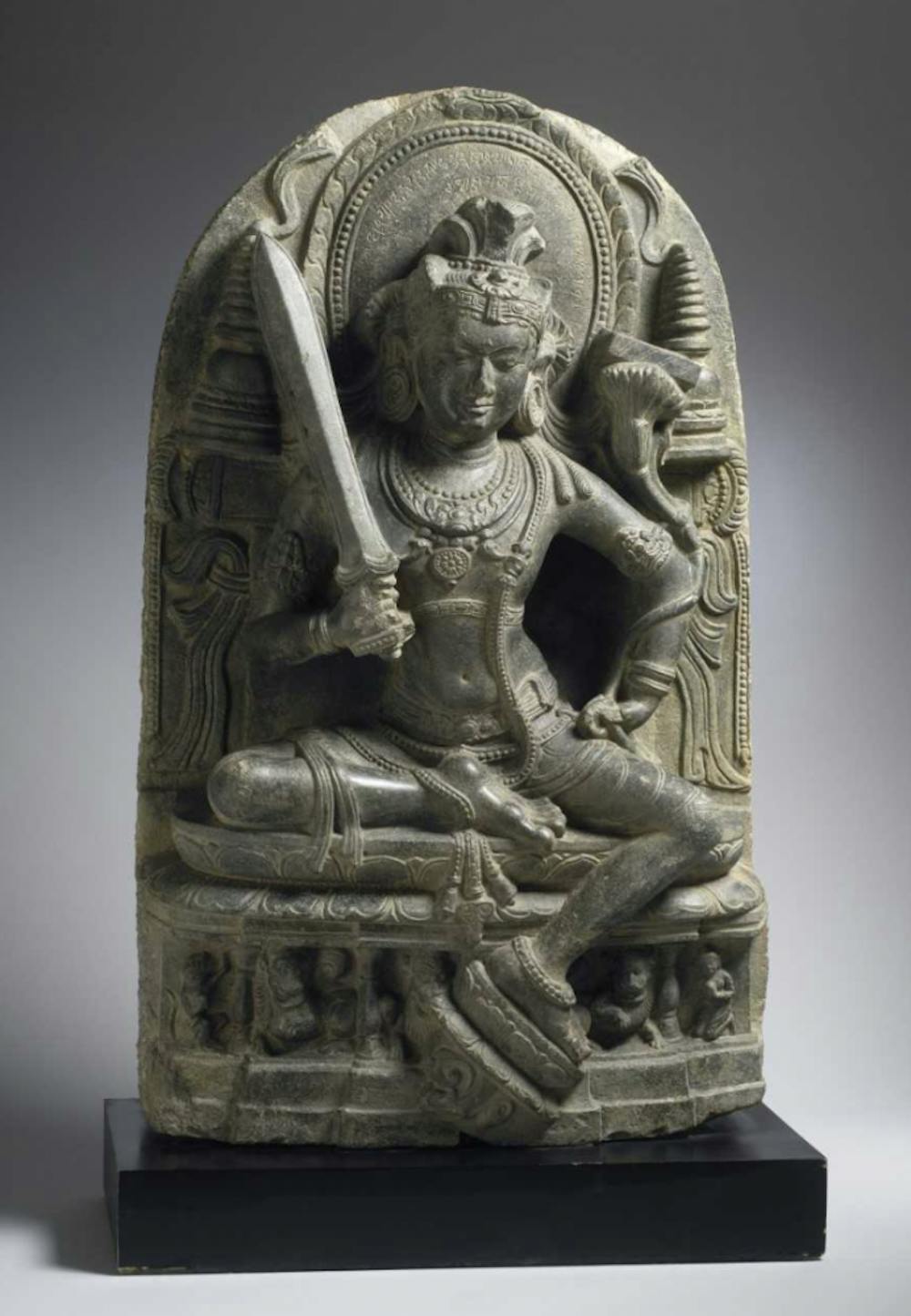After eight years on display at the Ackland Art Museum, the Manjusri, a stolen 10th Century Buddhist sculpture, was returned to the Indian government in September.
The state Supreme Court of New York sent a court order to the Ackland on Aug. 14, requiring that the museum provide the Manjusri to the New York County District Attorney’s Office within 10 days.
Peter Nisbet, deputy director for curatorial affairs at the Ackland, submitted a proposal on Aug. 18, requesting that the museum and University deaccession the work of art. Both Chancellor Carol Folt and David Routh, chief executive of the UNC-Chapel Hill Foundation, agreed to the proposal for deaccessioning after receiving a letter from museum director Katie Ziglar on Aug. 21.
"Best wishes as you work to ensure that the Ackland's collection only holds works to which it has good title," Folt wrote in an email to Ziglar.
The Manjusri was one of 51 pieces donated to the Ackland in 2010 by the Tyche Foundation, which no longer exists. The piece was given an insurance value of $275,000 at the time of donation.
Nisbet wrote in his proposal that the Manjusri was stolen from its site in India no later than April of 1989. According to Himalayan Art Resources, the statue's past residence was a temple in Bihar, India.
“The UNC-Chapel Hill Foundation and Ackland were unknowing victims in this case and, in fact, were surely not the only ones as it relates to the piece,” Nisbet said in an email to the DTH.
Nisbet said the sculpture had many owners before its donation to the UNC-CH Foundation.
Daniel Sherman, a professor of art history, said he thinks it is a museum’s responsibility to attempt to ensure that the person selling or gifting a work to them has legal title to it. He said museums should not display work if they are not sure it has been acquired legitimately.



